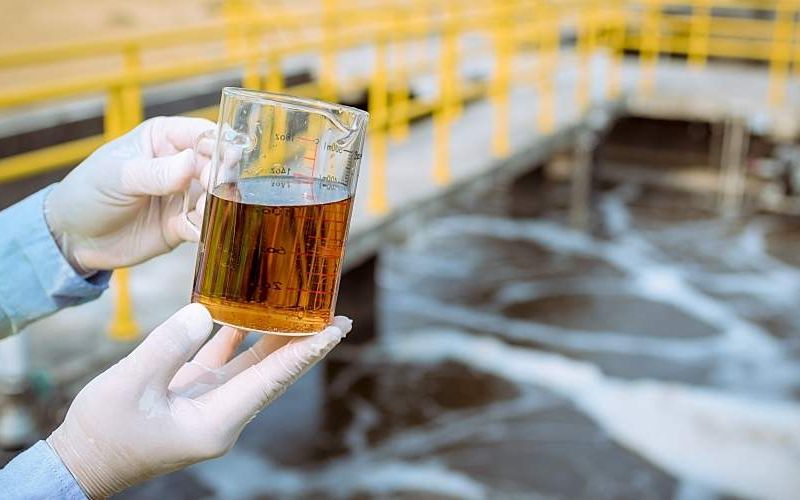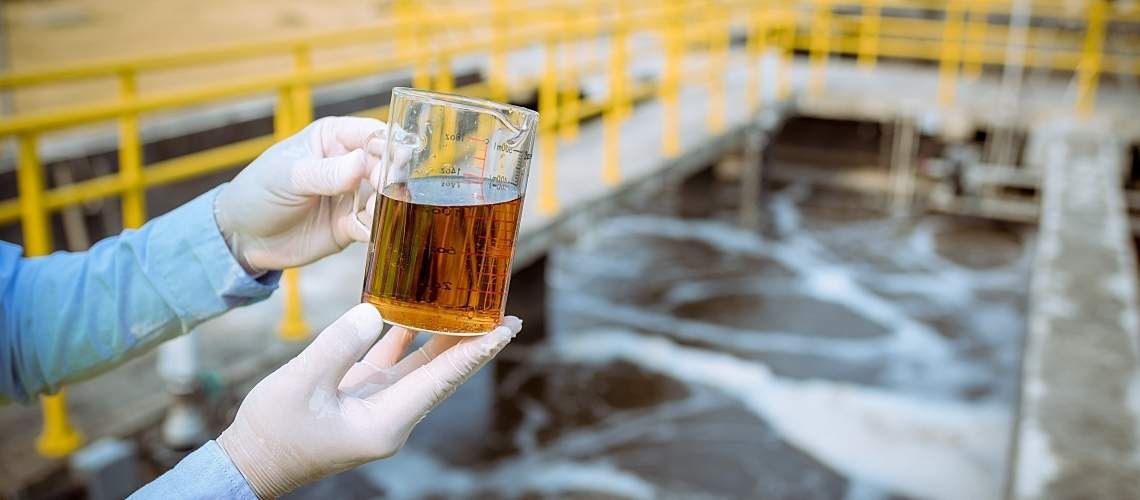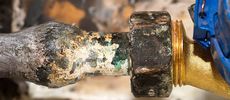Removing Ammonia From Wastewater


Nitrates in industrial wastewater and polluted groundwater can be transformed into ammonia for industrial uses, but the process is usually hindered by variable nitrate levels and other factors. A team of collaborators from Rice University, Arizona State University, and Pacific Northwest National Laboratory has found a new technology to create and remove ammonia from effluent.
"We fulfilled a complete water denitrification process," said a lead author of the study, Feng-Yang Chen, in a release. "With further water treatment of other contaminants, we can potentially turn industrial wastewater back to drinking water."
The work was recently published in the journal nature nanotechnology.
Removing Ammonia with Nanotechnology
The team of engineers—partially funded by the U.S. National Science Foundation—used atoms from a silvery-white metal called ruthenium on a mesh of copper nanowires to create and later extricate ammonia from wastewater. The research centered on sustainably producing ammonia for use in fertilizers and other agricultural uses, then removing it from the product wastewater.
The team found that their electrocatalyst, which speeds up or starts a chemical reaction, can remove the chemical from low levels of nitrates in industrial wastewater and polluted groundwater with nearly 100% efficiency.
The researchers knew that ruthenium could be an effective metal for reducing nitrates, but they also realized that it could cause more hydrogen to be produced and skew their results. Using copper with ruthenium, they were able to suppress hydrogen production. Using copper in chemical processes reduces carbon dioxide. Their system is scalable and could dramatically reduce carbon dioxide emissions from industrial ammonia production, according to the release.
Other Ways to Remove Ammonia
Many large-scale agricultural systems use scrubbers to remove ammonia from drain water. These scrubbers use considerable amounts of water with systems flushed continuously to avoid clogging. Agricultural producers are the primary contributors to atmospheric ammonia pollution throughout the U.S.
A research team from University of California, Riverside set out to decrease the calculated water consumption of 158,900 gallons of water per day. They devised a three-step process, using air-scrubbing and a reduced amount of water to absorb the ammonia gas in step one. They then utilized biochar from manure to collect ammonium from a stream and clean it for reuse. In step three, they used an air stripper to reduce more ammonia from the water. They discussed their findings in three presentations from 2017 to 2020.
In areas with growing populations and large-scale agriculture, water labs' testing services are now more important than ever. While municipalities deal with the effects of increased land use and warming temperatures, lab managers will need to stay in alignment with new developments in groundwater quality.
Resources for staying up to date on testing news include the importance of well water testing, meeting state regulations, and the importance of testing during a drought.






